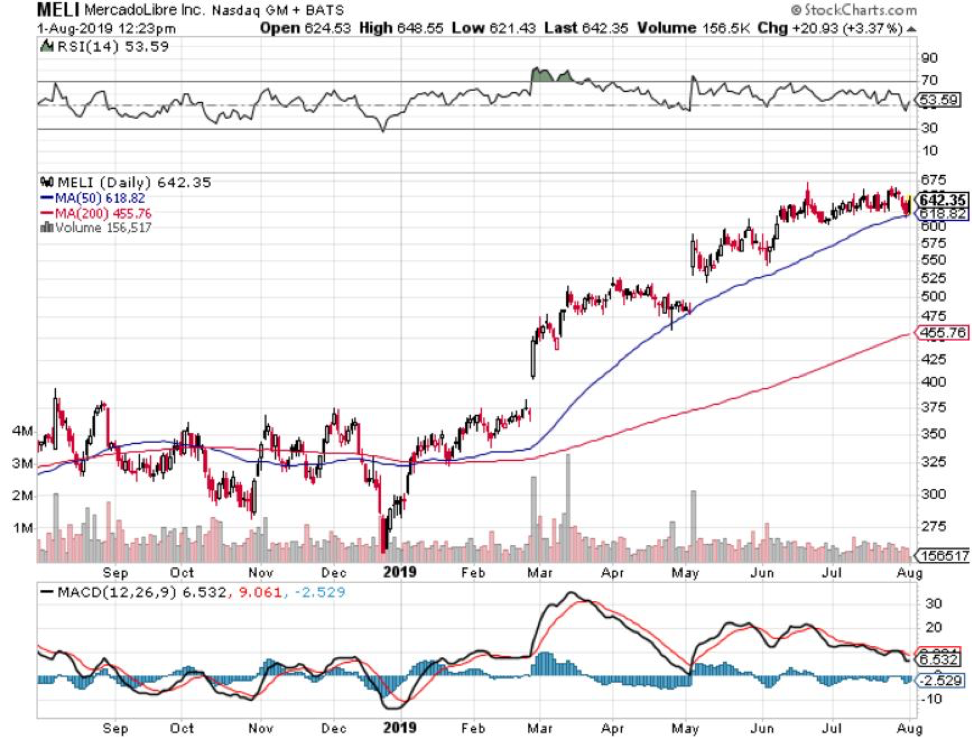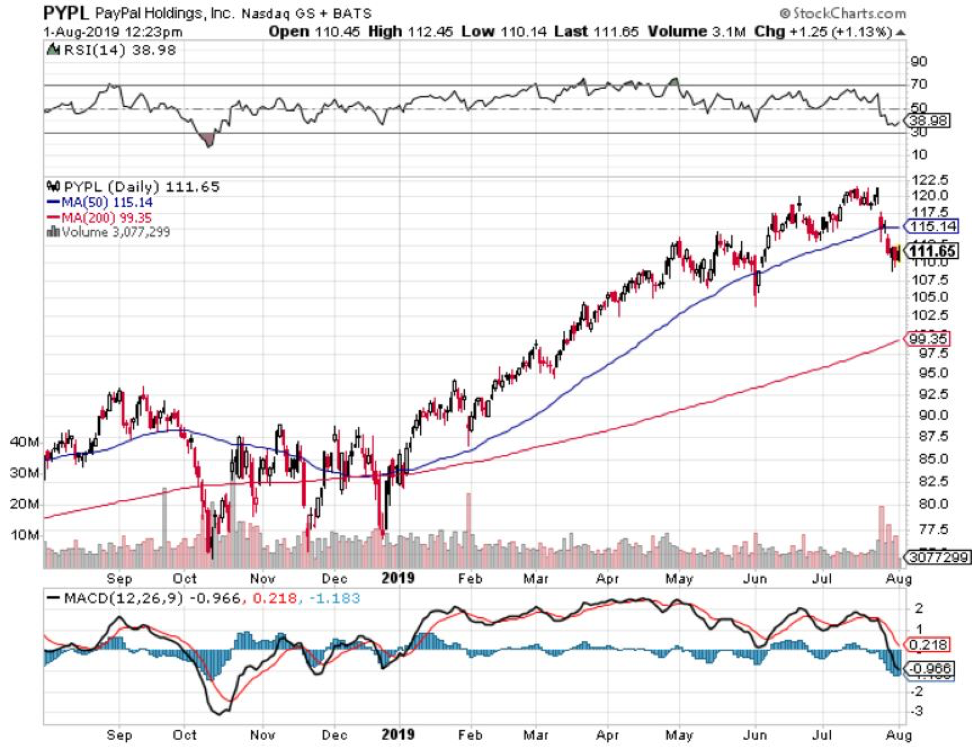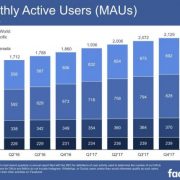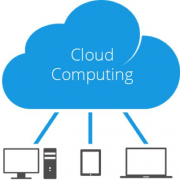The Great Latin American Internet Play
How do you get exposure to the e-commerce story in Latin America?
The best way to do that is to dive into Mercado Libre (MELI), meaning “free market” in Spanish, an Argentine company incorporated in the United States that operates online marketplaces dedicated to e-commerce and online auctions, including mercadolibre.com.
Mercado Libre was established as an Argentine company in 1999 and Founder & CEO Marcos Galperin, while attending Stanford University, acquired funding from HM Capital Partners co-founder John Muse to start his brainchild.
Mercado Libre received additional funding from JPMorgan Partners, Flatiron Partners, Goldman Sachs, GE Capital, and Banco Santander Central Hispano.
The company has used M&A along with organic growth to drive the company.
Relevant examples are of eBay (EBAY) buying a 19.5% stake in the company and then selling its stake in Mercado Libre in 2016, but the companies continue to expand eBay sellers into Latin America.
The cooperation remains strong with eBay opening its first branded store on the Mercado Libre marketplace from Chile in March 2017.
Mercado Libre has acquired iBazar Como, the Brazilian subsidiary of eBay's earlier acquisition, iBazar S.A.
The success culminated with becoming the first Latin American technology company to be listed on the NASDAQ, under the ticker symbol MELI.
The firm offers investors a way to invest in one of the fastest-growing e-commerce markets in the world.
The company has 280 million registered users out of 644 million people who live in Latin America.
The stock has soared 543% in the last five years making the firm one of the fastest growing e-commerce companies in the world by many metrics.
The main drag is that the valuation looks frothy at these price levels.
Mobile payments have mushroomed naturally because of its title, the "eBay of Latin America."
They can also claim to be the PayPal of the region, thanks to robust growth happening in the MercadoPago digital payments business.
In the first quarter, total payment volume rose 82.5% year-over-year.
Off-marketplace payment volume is up 194% – accelerating each and every quarter.
Off-marketplace payments now comprise 45% of the company's total payment volume, and management sees high penetration trends happening in certain areas.
PayPal (PYPL) have become huge supporters of MercadoLibre with an investment of $750 million into MercadoPago.
The deal will join the firms together to work on the shared vision to digitize the economy, especially for the underbanked, in Latin America.
It's a stamp of approval of Mercado's brand recognition in the region that PayPal chose to invest in the company instead of competing.
How fast is the addressable market growing?
Investors have been seduced by the company's impressive growth in payments, but the core marketplace business is still doing backflips.
Gross merchandise volume (GMV) expanded 27% year-over-year in the first quarter, driven by 70% growth in Mexico.
Brazil is the largest market and expanded GMV by 18% year-over-year in the quarter.
Management referenced supermarket items in Mexico and increasing apparel selection as two areas that are showing strong results.
Apparel is the fastest-growing category, up 79% year-over-year last quarter.
With signs that new development is headed in the right direction, new categories and the company expanding its logistics footprint, the market will definitely expand.
MercadoLibre can grow beyond the marketplace business to become a formidable fintech company.
As it expands into other services, Mercado is fortifying its strong brand across Latin America.
Even as Amazon.com (AMZN) enters the high stakes industry, Mercado's first mover advantage can’t be underestimated.
The stock is pricey so lay off it for the time being but add with any major dips.





